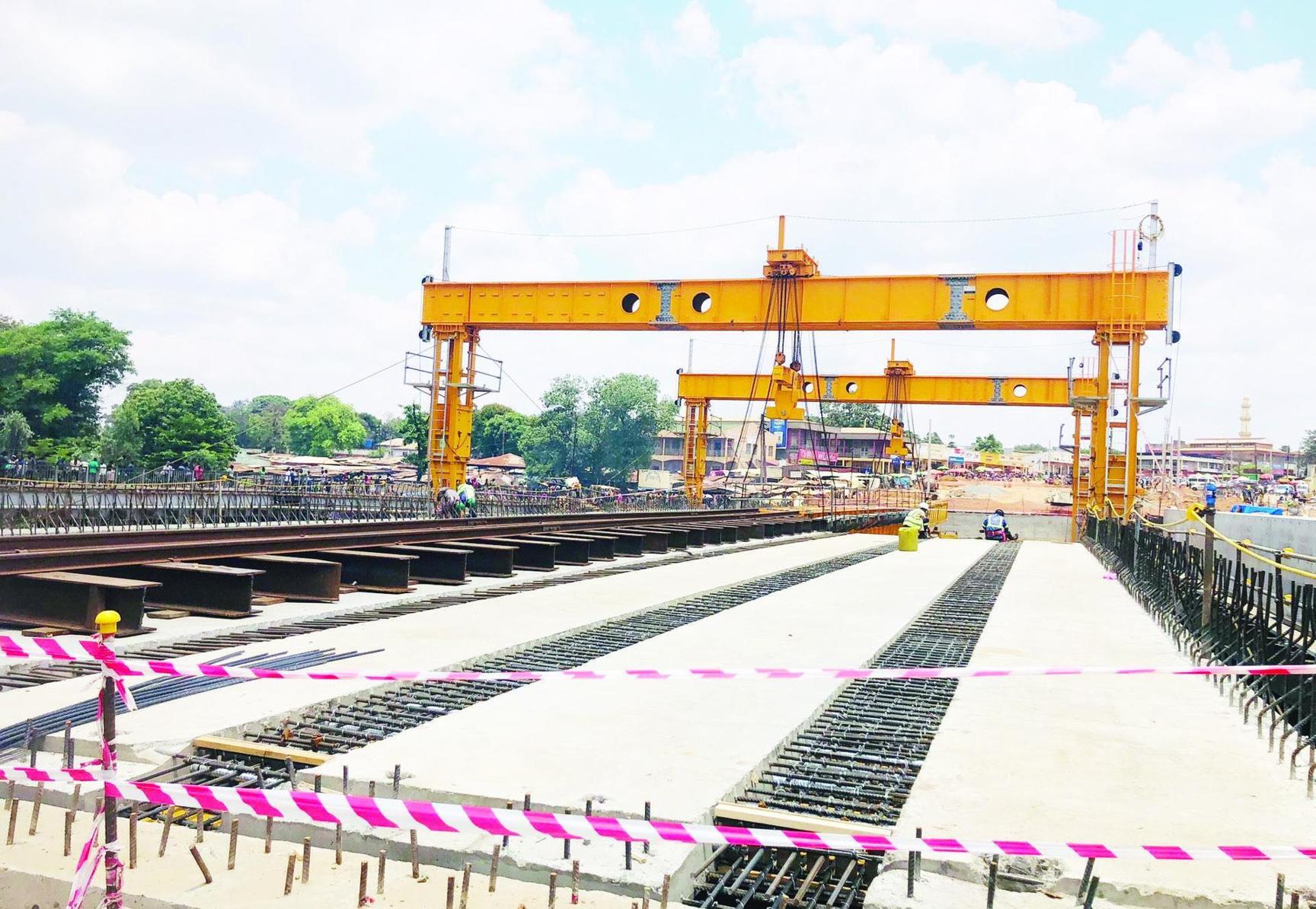Africa-Press – Malawi. Malawi is facing a $3.59 billion financing gap to fast-track structural transformation by 2030, despite recent improvements in revenue collection.
This is according to the recent African Development Bank (AfDB)’s 2025 Country Focus Report titled “Making Malawi’s Capital Work Better for its Development.”
According to the AfDB report, to meet its investment needs in education, energy, productivity and infrastructure, Malawi requires $4.5 billion through 2030, or $0.79 billion annually to 2063.
However, current revenue levels leave an annual shortfall of $0.63 billion (approximately over K1.1 trillion).
The report shows that while domestic revenue rose from 12.5 percent of GDP in 2022 to 18 percent in 2024— outperforming the sub-Saharan average by three percentage points—government spending continues to rise faster.
“These expenditure s place considerable pressure on the country’s already limited revenue base,” states the report.
It notes that major drains of public financing include bailouts to underperforming state-owned enterprises (SOEs) and implicit fuel subsidies.
The AfDB report indicates that tax revenue remains the backbone of domestic income, contributing 91 percent in 2024, with income tax making up 43 percent, VAT 25 percent, sales taxes 13 percent and trade taxes 10 percent.
Yet, the tax system struggles with low compliance, a narrow base, widespread exemptions and high informality, and grants still contribute about 20 percent of total revenue.
Non-tax revenue is particularly low— just four percent of domestic revenue or two percent of GDP, compared to a sub- Saharan average of 6.2 percent.
It adds that SOEs, despite contributing 68 percent of non-tax revenue, continue to underperform and rely on government support.
The AfDB notes that Malawi’s fiscal deficits and debt service burdens are straining its ability to finance development.
The institution recommend s reforms to boost tax and non-tax revenue, strengthen compliance, reduce SME financing costs, and expand value-addition in key sectors.
Malawi’s public debt now stands at 86.4 percent of GDP, with domestic debt accounting for 54 percent.
In her recent comments on a looming global debt crisis, Economics Association of Malawi President Bertha Bangara Chikadza warned that Malawi is trapped in a debt cycle, borrowing heavily through expensive domestic instruments to repay earlier loans.
“While external debts can be forgiven, it is less likely that domestic lenders can do the same. The country will still be servicing significant amounts of debt, in the form of domestic debt, for a long time,” Chikadza said.
She warned that limited revenue and rising debt could squeeze investment in critical sectors of the economy and affect the country’s pace of development.
At a recent management development training, Stellenbosch Business School’s lead facilitator Jacques Van Zyl called for stronger collaboration between government, the private sector and global investors to facilitate foreign direct investments.
He said improving the business climate and developing agriculture and mining would help generate jobs and domestic revenue.
For More News And Analysis About Malawi Follow Africa-Press






